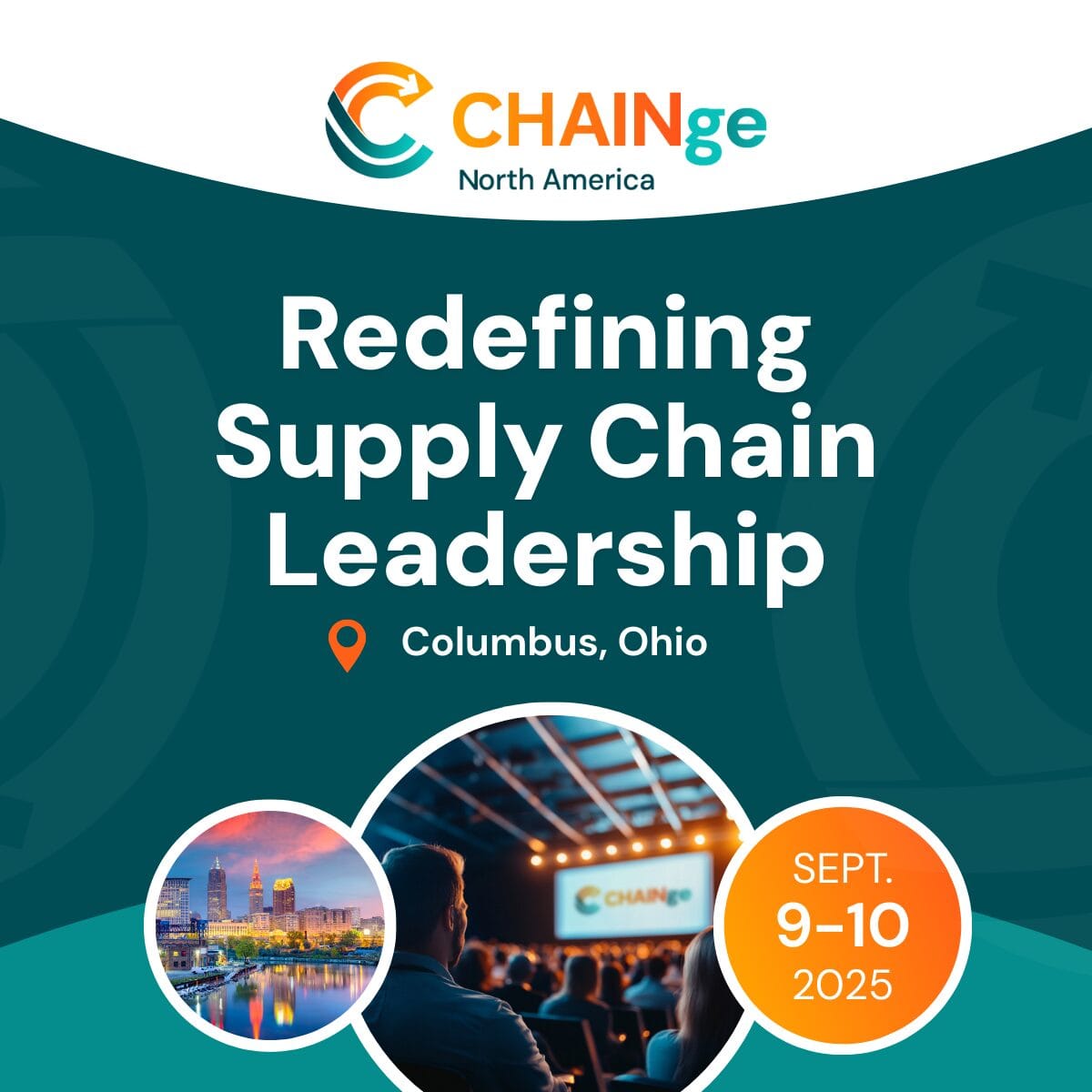Ìncreased flexibility, access to larger workforces & reduced operational expenses. These are just three of the most commonly cited reasons that have seen tens of thousands of North American & European organisations move significant business operations overseas during the last four decades*, in a process known as ‘offshoring’.
Whilst offshoring gathered a significant pace during the 1990s, it has maintained its popularity into the 21st Century & even accelerated over the last decade as price became the driving differentiator for many brands.
However, the last 24 months & the accompanying challenges presented by a global pandemic have shone a light on some of the less positive aspects associated with offshoring.
From Offshoring to Nearshoring and Onshoring
As a result, many companies are considering the benefits of moving their manufacturing & supply chain functions closer to consumers in an attempt to guard against the inevitability of future market volatility.
The expansive global supply chains that had gained prominence since the turn of the millennium have undoubtedly bought cost efficiencies, however, they have also introduced a level of fragility that, until the events of the last two years, was not entirely tangible.
As the global pandemic put these sprawling networks under pressure, cracks in processes & underlying strategies became apparent, & as this happened, the realisation gave way to a growing idea that maybe, the era of offshoring was coming to an end; replaced by a new ideological & practical approach where networks, processes & ultimately goods, should be located closer to the end-user.
Price No Longer the Defining Factor
Where price was once the defining factor for brands, the disruption of the last 24 months has shifted emphasis towards resilience, reliability & agility, not to mention other softer imperatives such as sustainability.
After all, it doesn’t matter how low a cost a product can be produced if it can’t get to the intended market or customer in a cost-effective & sustainable manner. By moving supply chains closer to consumers, brands can achieve these new goals.
Take inventory & distribution as an example: using stores as mini fulfilment hubs, deploying dark store sites & creating hyper-local micro fulfilment centres are all approaches to fulfilment that could mitigate against single points of failures inherent in sprawling supply chains.
Moving product delivery (& potential returns too), closer to the consumer puts a premium on inventory visibility, but it comes with an added bonus in terms of environmental impact.
With a smart transportation management solution in place for more local distribution hubs, shorter, more sustainable routes can be planned for deliveries & returns collections can be incorporated into these same routes too.
With the ongoing popularity of e-commerce & growing numbers of returns, the cost & environmental benefits of moving goods & supply chains closer to consumers are tangible, providing you have the right technology in place to deliver it effectively.
Simply ‘onshoring’ manufacturing & moving supply chain processes closer to consumers is not enough in itself, however. The ‘Eureka moment’ for brands can only be achieved by a marriage of theory & practice.
Technology Enables a Unified Approach
In this case, the theory is the idea that moving supply chains closer to consumers is the right thing to do; whereas the practice is having a unified technology approach to actually make it work.
With the emergence of all-microservices solutions, like Manhattan Active Supply Chain, brands can achieve a continuous & collaborative planning & execution environment, combining warehouse & labour management, transportation planning & execution, as well as more effective automation between man & machine, all in a single, unified cloud-native platform.
Manhattan Active Supply Chain is the culmination of more than a decade of work to bring the key elements of the supply chain back into harmony & restore the natural flow of inbound & outbound processes: the result is a more agile, efficient, resilient & sustainable supply chain that can cope with the types of challenges we have witnessed over the pandemic & innovate around them.
The pandemic has had a profound & lasting impact on many areas of life & industry, not least the way that we now think about global supply chains. As brands look to mitigate against ‘the next’ global, pandemic-style event, the idea of moving manufacturing processes, goods & distribution networks closer to home/consumers is gaining traction.
The key to the success of this new strategy, however, will rest on the ability of brands to continue to innovate at a supply chain level & deliver the types of networks & offerings that are not only resilient & reliable but also agile & responsive enough to deal with the changing consumer expectations in the future too.
*According to Statista research the three most popular offshoring markets since 2000 are China, India & Malaysia
Author Bio

Pieter van de Broecke is Managing Director Netherlands, Belgium and Germany at Manhattan Associates
Manhattan Associates is a technology leader in supply chain and omnichannel commerce. We unite information across the enterprise, converging front-end sales with back-end supply chain execution. Our software, platform technology, and unmatched experience help drive our customers’ top-line growth and bottom-line profitability.
Manhattan Associates designs, builds, and delivers leading-edge cloud and on-premises solutions so that across the store, through your network or from your fulfilment centre, you are ready to reap the rewards of the omnichannel marketplace.
Header Image by Andrew Spencer on Unsplash
This blog post is sponsored by Manhattan Associates.






